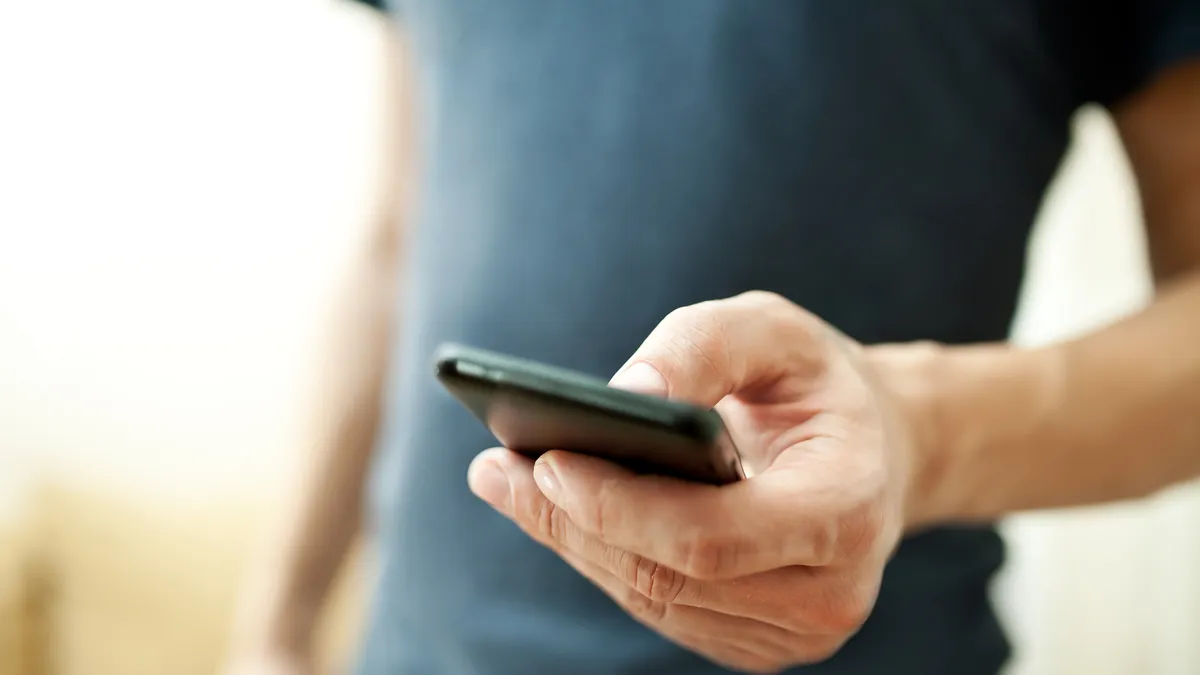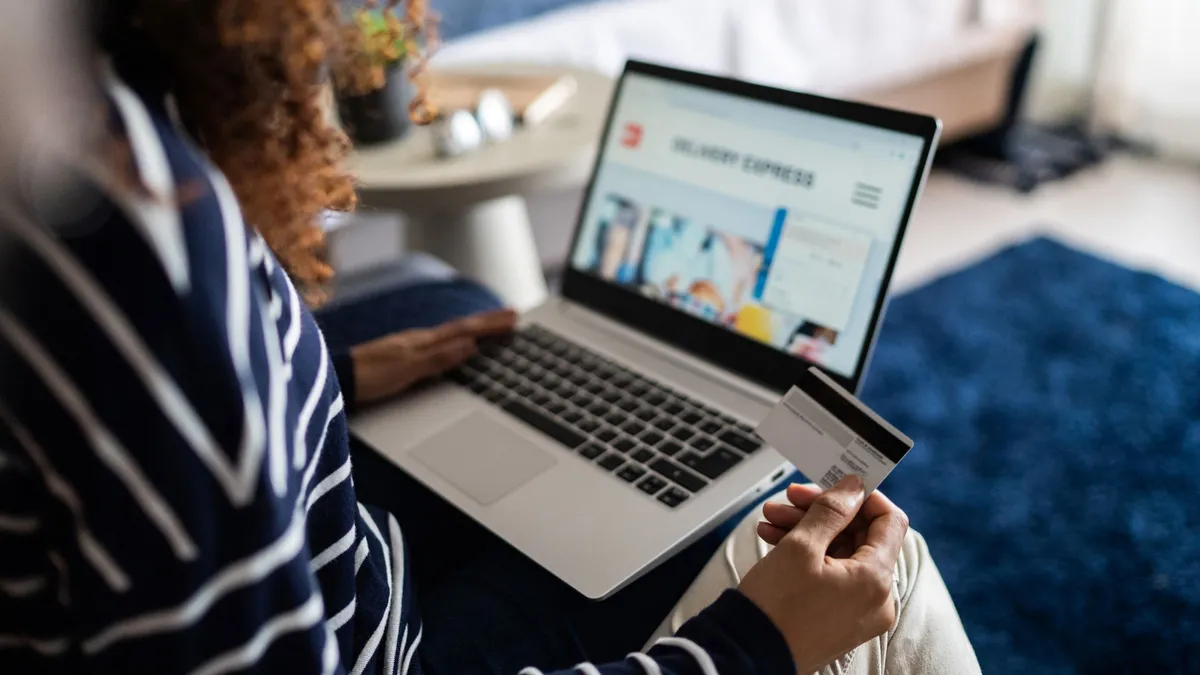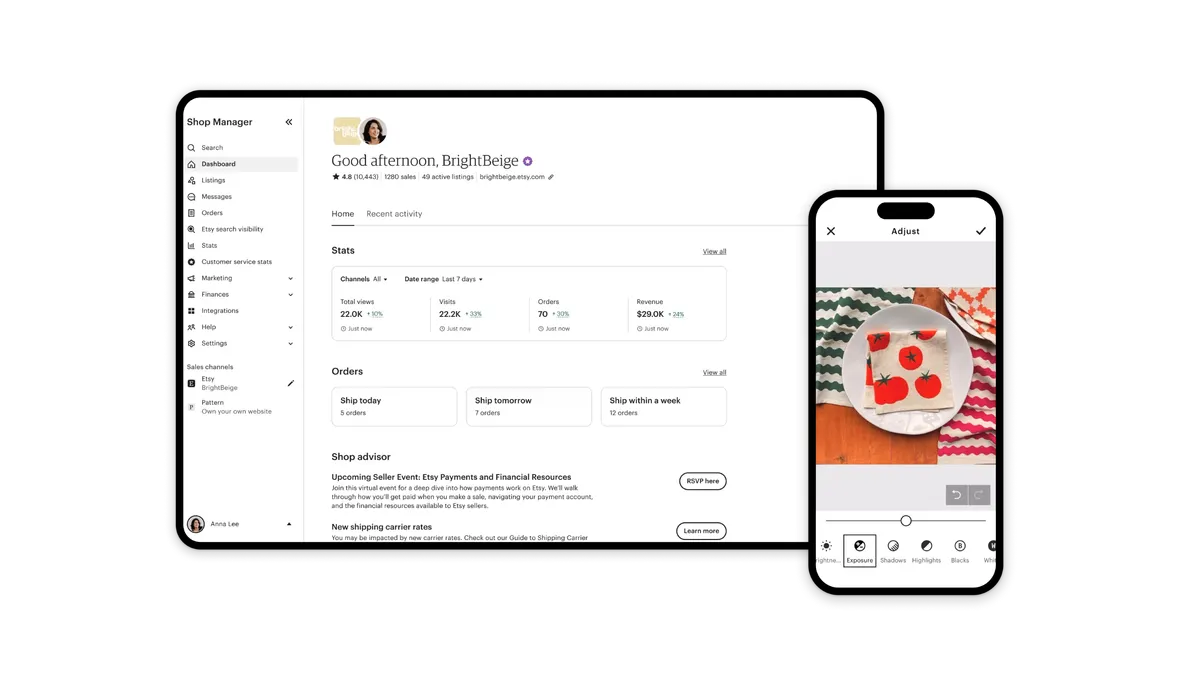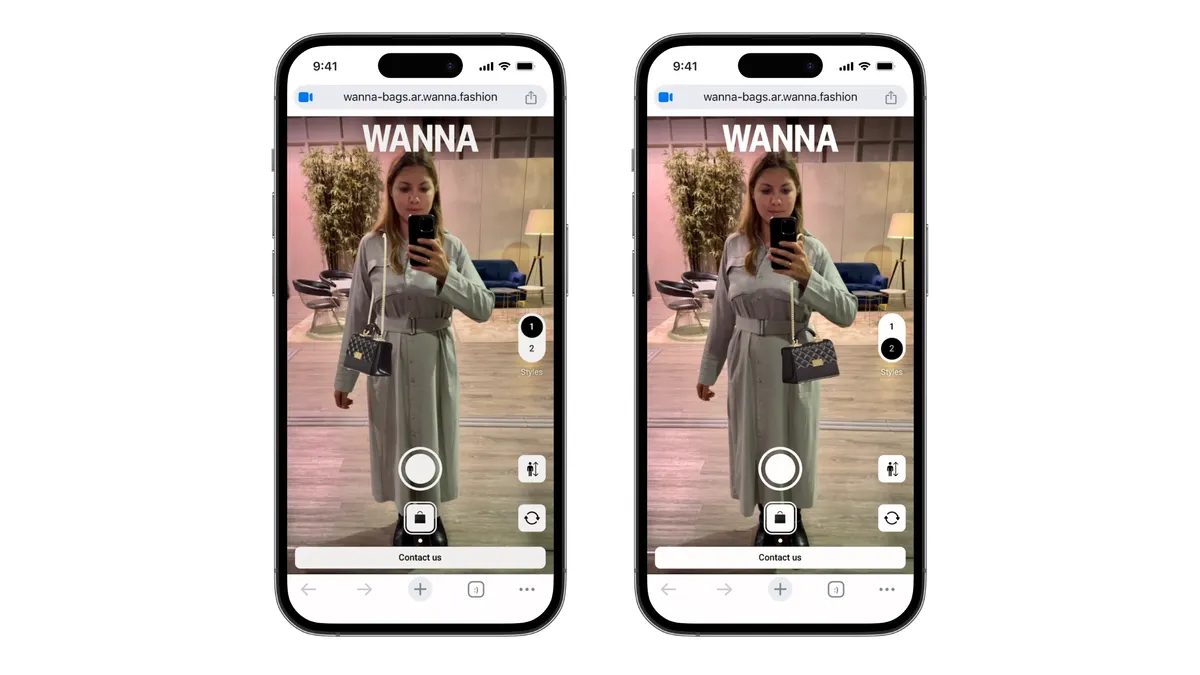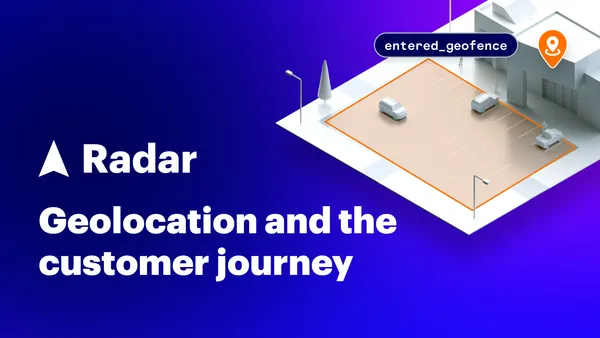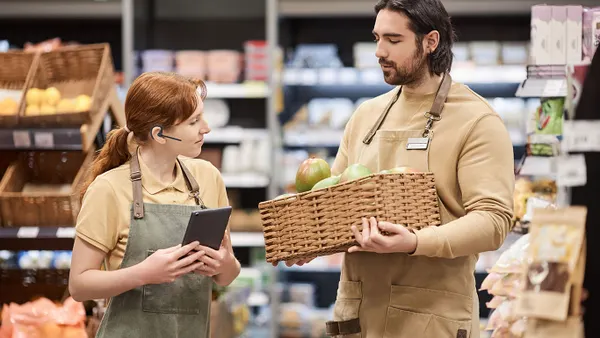There’s no doubt that the smartphone is disrupting retail in a whole new way, beyond even what the web has done. Mobile phones are powerful computers that not only put the wide world of the internet in people’s pockets, but also have their own app-based platforms that are challenging retailers in everything, from marketing to payments. Americans' phones are always on, and always within reach.
But brick-and-mortar retailers needn't feel threatened by this constant digital presence. In fact, they have good reason to embrace consumers’ web and mobile activity: It may be what’s driving customers to the store.
Be not afraid — of Showrooming
Spotting a customer milling around a store, constantly looking from the products on the shelves to their phone can be a frustrating moment for a retail store manager.
But maybe it doesn't need to be so. A recent study from IBM found that, while half of online purchases in 2012 derived from showrooming, that number fell to 30% last year. Showrooming needn't always work to a physical store’s disadvantage. Most of the time, consumers are checking for price comparisons, and by matching the lowest price a customer finds, the physical store often wins. After all, the customer is probably inches away from his or her object of desire — no waiting, no shipping, no problem.
Furthermore, mobile technologies like iBeacon bring to physical stores the kind of opportunities for fun, payment, customized offers, product information, and other benefits to customers that help blunt the advantages of searching the web.
There’s more to mobile shopping behavior than showrooming
The fact is, as a new study by Deloitte Digital has found, the web and mobile devices are affecting shopping in physical stores to a greater extent than retailers may realize. Consumer activity on all devices — computers, tablets, and phones — is influencing 36% of brick-and-mortar retail sales. That has risen stratospherically since 2012, when digital activity impacted just 5% of physical store sales. By the end of this year that will reach 50%, Deloitte’s researchers believe.
One of the most interesting findings in the Deloitte study was that consumers' attitude toward retail shopping is perhaps even more seamless than anyone thought. Although retailers have been hearing the buzz about “omnichannel” for a while now, they may not fully understand what that means from the consumer’s point of view. For example, Deloitte Consulting’s director, Jeff Simpson, says that many online shoppers may go as far as clicking a product into their shopping cart, only to “abandon” it to buy it in the store instead.
Other surprises from Deloitte: Digital shoppers buy 40% more often in a physical store than online or through an app, and 84% of digital shoppers use their devices before or after store visits. And a whopping 75% say that product information they found on social media networks influenced their shopping behavior, and in some cases cemented brand loyalty.
Then there’s payments
Because of the success of its app, Starbucks is the company that seemingly put mobile payments (plus mobile loyalty) on the map. Paypal, Square, and Apple, among others, are charging ahead full speed to provide brick-and-mortar retailers with mobile payment systems that could maximize loyalty and minimize the security worries that come with credit and debit card payments.
But it's not all about mobile, either. Web-based shopping and payment are potential gold mines for brick-and-mortar retailers, provided they see them as an opportunity for sales, in addition to a fulfillment option. Some three-quarters of shoppers say they want in-store pickup as a shipping option for their online purchases. They want to be able to shop via the web, on their phones, or in the stores at their discretion — even if it’s all one shopping trip, for one item.
That's what retailers must keep in mind as they think about "omnichannel." Mobile especially provides physical retailers with an opportunity to smooth out the divisions between these channels. Key to this is providing customers with quick, intuitive experiences online, on their phones, or in the store. That means good web and app designs, and superb customer service.
Marketing, personalization, shopping, product research, price comparisons, delivery, feedback, reviews, and customer service — consumers expect these to be available everywhere, whether in the palm of their hand or in the store.
Would you like to see more retail news like this in your inbox on a daily basis? Subscribe to our Retail Dive email newsletter! You may also want to read Retail Dive's look into the ultimate retail concept store.



